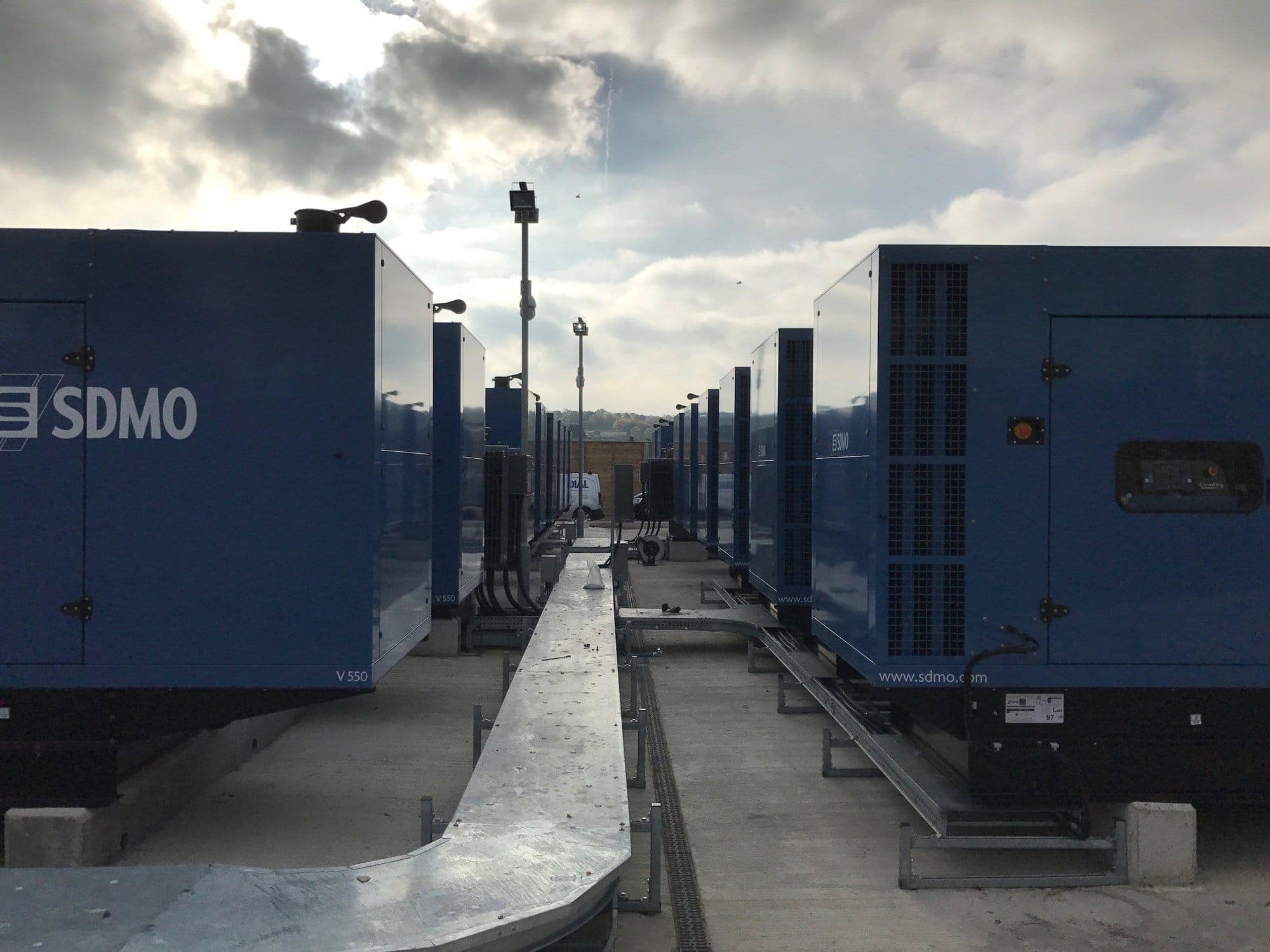Peak Shaving
Every year, 500 million Europeans consume 3,200 terawatt-hours of electricity. European legislation imposes the obligation on member states to provide each citizen with secure, sustainable and competitive energy. It is a balance that is not always easy to maintain because, although renewable energy offers a certain sustainability, this type of energy is highly dependent on weather conditions and therefore does not meet the security criterion. With renewables being preferred by law over fossil fuels, coal-fired power stations have been closing throughout Europe due to lack of profitability. It is a problematic situation according to the experts, given the peaks in consumption caused by factors such as a cold wave descending on the continent. So how can the whole of Europe be provided with heating if there is insufficient wind to turn the wind turbines? Added to the obligations of security and sustainability is the issue of competitive electricity prices. Bringing on stream gas and coal-fired power stations is highly uneconomic as they would be operating for just a few peak periods each year. Against this background, how can we power our homes and industries in an optimum manner during peak periods and avoid widespread blackouts across Europe? The creation of a new peak shaving market offers an alternative solution to these problems.
Expression of need: Provide backup energy during peak periods
A widespread blackout across Europe: myth or reality? Close to reality, given the 2006 power cut during which 10 million Europeans were left in the dark for some thirty minutes. The cause? A spike in consumption due to a harsh winter in Europe led to the German grid overheating. One of the characteristics of the European electricity grid is that it is interconnected. This enables EU member states to exchange energy between one end of Europe and the other but, conversely, any localised overheating in one country may spread to neighbouring countries and threaten the overall equilibrium of the system.
To avoid such a risk, the UK, which is dependent on its neighbours for 5.6% of its power requirements, decided to modernise its network by investing 20 million pounds each year until 2020. This notably takes the form of better management of spikes in consumption, such as peak shaving. This process avoids the need to build new power stations and therefore reduces energy bills, by employing generating sets during periods of high demand.
A new market born out of this technique is set to double in size over the next 8 years according to the UK national grid, given the country’s growing dependence on renewable energies.
Plutus Energy is one of the company’s active in this market. It is an independent energy supplier specialising in electricity production on UK soil.
During the winter period between November and February, the company provides backup to the national grid by running its fleet of generating sets for one hour between 16:30 and 17:30. This is a peak period for electricity consumption as the British are returning home from work.
Plutus Energy decided to approach the distributor, Green Frog Genovate, supported by KOHLER Power Systems, for the construction of a new power plant of 48 generating sets with a total output of 20 megawatts.
Project Implementation: Construction of a plant comprising 28 x 550 kVA generating sets
To meet this order volume for such a specific application, Green Frog Genovate and KOHLER-SDMO had to confront a number of challenges:
1. Compliance with the client’s constraints:
Plutus Energy supplies energy during consumption peaks in winter, but must also be able to provide backup power throughout the year in the event of a frequency drop on the grid.
The generating sets supplied are perfectly suited to this requirement as they provide output of 400 kW LTP (Limited-Time running Power). This means that they are able to provide 100% of their power at constant load for 500 hours each year.
A special power breaker has also been installed on each genset. With the 48 generating sets being coupled together and with the grid, the circuit breaker also needed to be oversized to bear the load of all the gensets and the grid in the event of a short circuit.
2. Supply the 48 generating sets on time
The KOHLER Power Systems production department introduced a specific assembly line manufacturing process to optimise the production schedule. As a result, the gensets were delivered on time with a logistics cycle of 8 generating sets per week over 6 weeks.
KOHLER Power Systems solution: A quality of service that makes the difference
Green Frog Genovate has confirmed its status as an excellent specifier of KOHLER Power Systems solutions with Plutus Energy. Green Frog Genovate and KOHLER Power Systems have in fact enjoyed a trusted relationship over many years now. Our distributor is delighted with our product performance, the effectiveness of our solutions, the quality of our after-sales service and the extensive warranty coverage. Just some of the convincing arguments that won over Plutus Energy.





